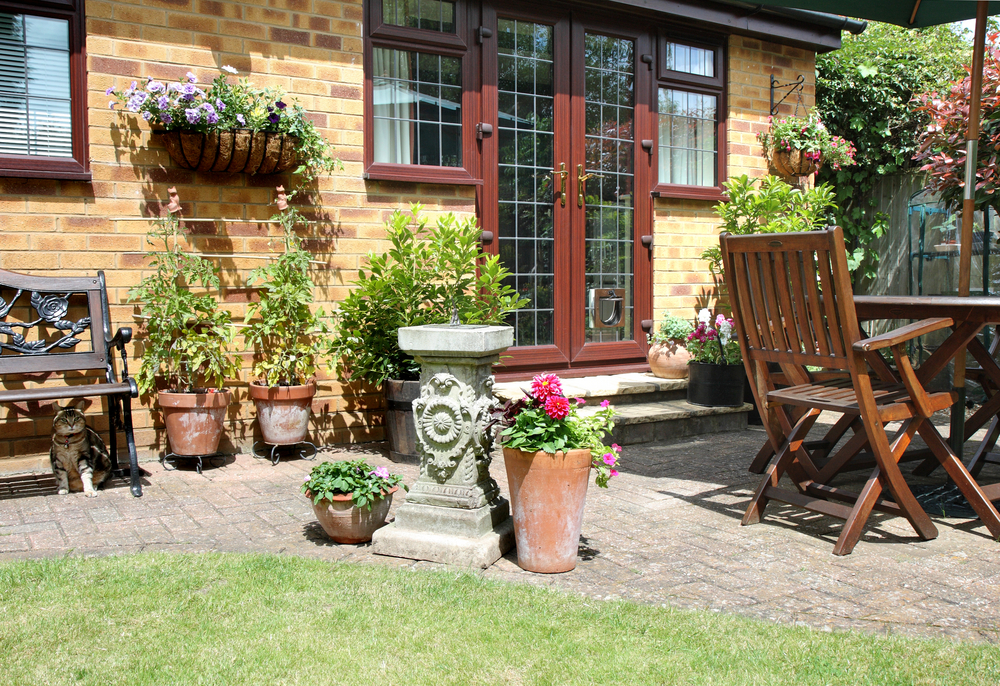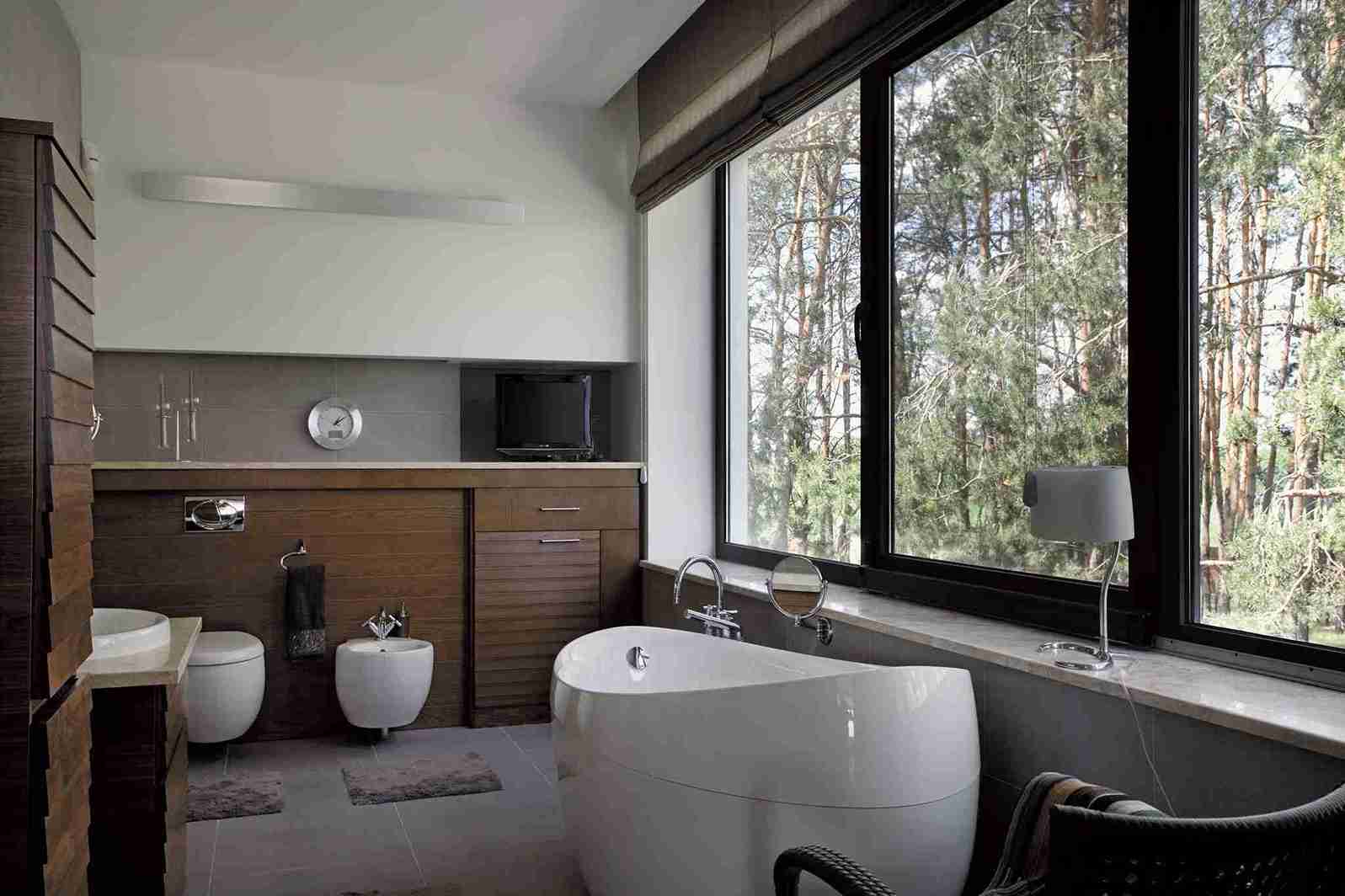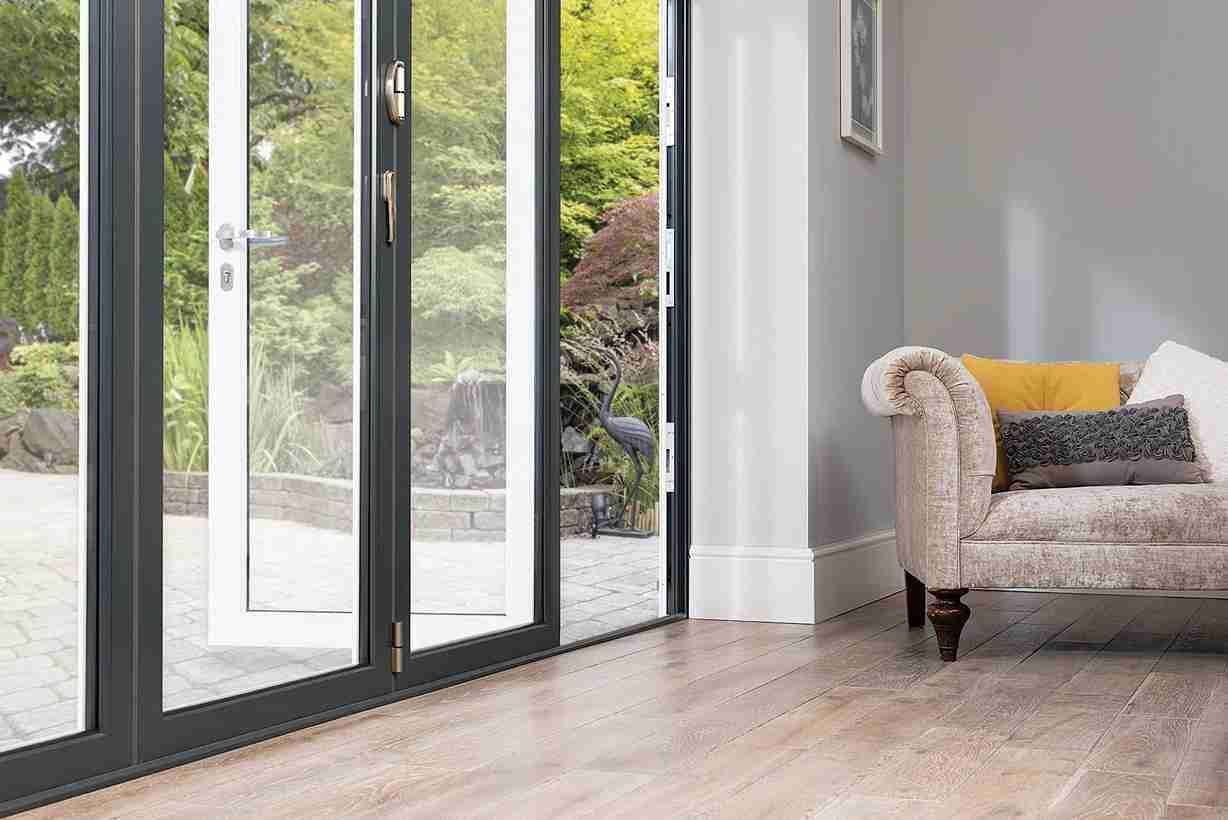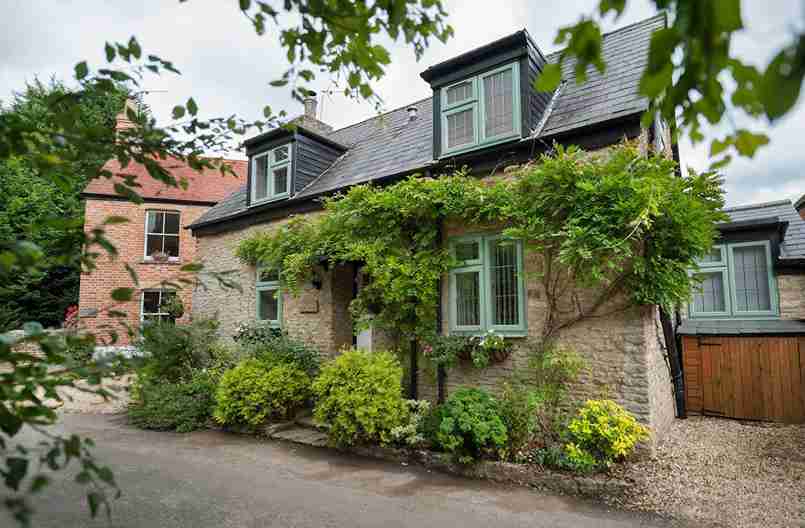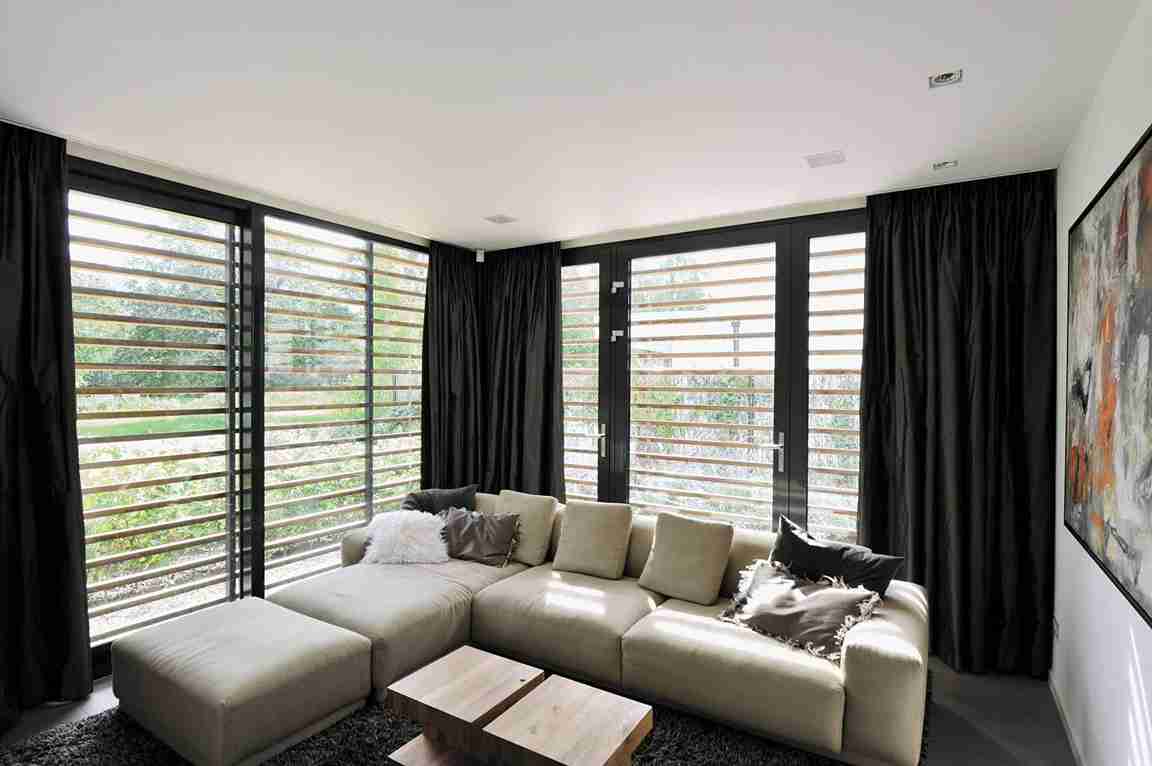The Rise of Wood-Alternative Windows and Doors
There’s no denying that wood doors and windows bring an authentic warmth and charm to your home and they are one of the most favoured options for properties with traditional architecture. However, they are also the most costly. Whether you’re replacing the existing windows and doors in your house or installing a conservatory or orangery, it’s important to choose the right material. While a bespoke wood door, windows and conservatories certainly offer a very luxurious appearance and are still our top sellers, many of our customers are now opting for wood-alternative doors and windows.
Whether softwood or hardwood, real wooden windows and doors are subject to the natural effects of weathering by intense sunlight, cold and rain. This not only detracts from their appearance but without regular maintenance, they will eventually warp or even rot. Once they deteriorate, they are liable to let heat out and draughts into your home. Timber alternative doors and windows, on the other hand, will last much longer than real wood while requiring only minimal maintenance and will remain very thermally efficient throughout their lifespan.
Wood alternative windows and doors: where did it all begin?
For hundreds of years, windows and doors were nearly all made of wood. Metal window frames were first introduced during the early part of the 20th century but these early aluminium frames tended to be cold and draughty. It was only during the 1970s that double glazing became widely available to domestic customers and white uPVC replacement windows soon became a familiar feature of many homes.
This was partly due to the fact that the early versions of aluminium windows lacked a thermal break, thus allowing heat to escape from the room and causing condensation to form. uPVC windows offered an affordable timber alternative to customers who didn’t want to spend time on painting or varnishing timber windows.
The earlier uPVC windows were designed with black rubber gaskets to hold the glass in place, detracting from the appearance of the windows. White gaskets were available but these suffered from problems of black mould and mildew. By the early 2000s, customers were demanding alternatives to standard uPVC that offered the appealing aesthetics of real timber without any of the disadvantages.
The benefits of wood alternative windows
Advances in manufacturing processes have allowed for timber alternative windows and doors to be created in a range of colours and finishes so realistic that they look almost indistinguishable from timber windows. Built to last, timber alternative windows are very low maintenance and never need painting, varnishing or staining. All you need to do to keep them looking good is to wipe them over with warm water and a few drops of mild detergent every now and then. As well as real wood and standard uPVC, our range is available in a choice of materials, each with their own distinct advantages:
Aluminium
A far cry from the inefficient aluminium windows of days gone by, aluminium is now the material of choice for many architects. Thanks to its strength and the fact that it’s very light in weight, aluminium is perfect for creating large glass panels that allow the sunlight to flood in. The thermal break in modern aluminium windows makes them almost as energy-efficient as timber or uPVC while the powder-coated finish lasts the lifetime of the frame and is available in a range of shades to suit any style of decor.
Wood alternative
High-quality timber alternative doors and windows offer all the visual appeal of timber windows without any of the disadvantages. They are highly energy efficient, trapping heat in your home, and can be completely recycled, making them a very sustainable option. With the appearance and feel of real wood, they last for much longer than timber or standard uPVC frames, with very minimal maintenance. They are constructed using the same joinery methods as real wood windows and doors, giving a very traditional look. Timber alternative window frames and doors can be designed to match any style of architecture and are frequently approved by planning authorities for use in conservation areas.
A real wood door or a timber alternative?
At Bergson & Eaton, all our bespoke designs are available in a wide range of materials, colours and finishes. They are all designed, manufactured and installed to the same extremely high standards, so whether you opt for real wooden windows or decide to go for the easy-care solution offered by timber alternative doors and windows, our products are the perfect way to transform your home. To find out more or to arrange a site visit, please fill in our online enquiry form or call us on 01296 415251, where a member of the expert team will be pleased to answer your queries.
Book a Remote Quote
In response to Covid-19 and the governments guidelines, Bergson & Eaton now offer remote quotes.
Find Out More

